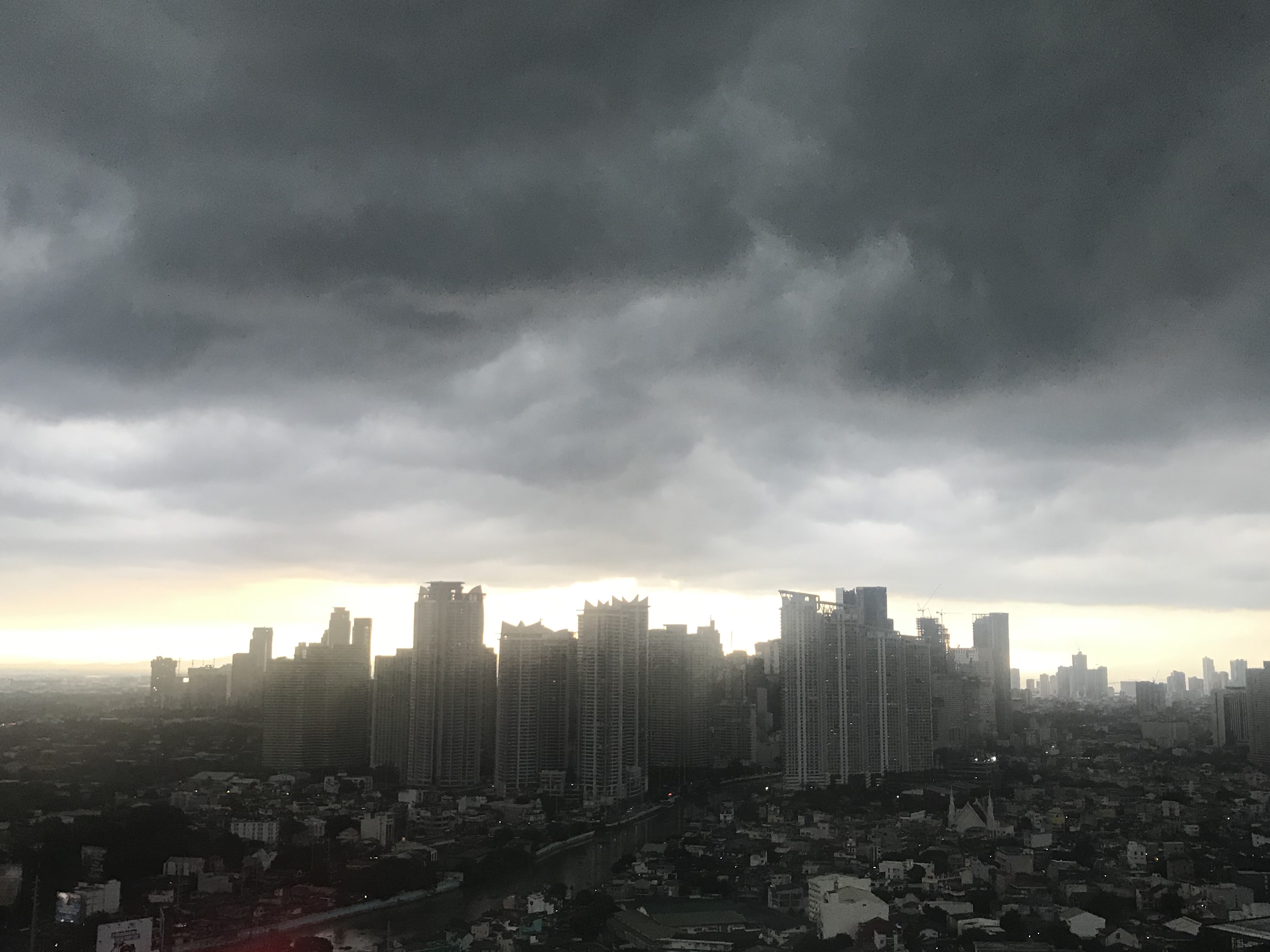
Silang town was privileged to have been an honorary home to an obscure yet valiant hero of Philippine Revolution in the person of pure Chinese General Jose Ignacio Paua. The Fujian-born Paua originally fought on the side of the Katipuneros against the Spaniards until he joined the army troop of revolutionary president Gen. Emilio Aguinaldo to defend the newborn republic against the American invaders. Being an expert blacksmith in Binondo, Paua made good use of his skill during the revolution by repairing lantakas, a native cannon, along with several other weapon devices. He became associated to Cavite province when he attended meetings and fiestas there, encountering the likes of General Aguinaldo, Artemio Ricarte and many other rebolusyonaryos who did not hide their admiration for Paua’s firearm expertise and sympathy for the Filipinos’ quest for colonial independence. Setting up firearm factories in Imus, Cavite, joining the ferocious battle against the Spaniards in various Cavite towns and collecting revolutionary donations from his fellow Chinese, Paua became instrumental in helping win the cause of Philippine Republic. His transformation from a Chinese to a Filipino became all the more evident when he carried on his revolutionary works during the ephemeral Filipino-American War. Rigorously training his army subordinates in the martial arts discipline, Paua spearheaded the attacks against the more superior-armed American troops, who admitted to having fear personified in the Chinese general. While the natives have inferior fire power compared to the foreigners, most battles led by Paua against the American Army were successful. When the Americans prevailed, he repaired to private life and died before the country experienced American independence. Silang town adopts this valorous Chinese general via his nine-foot bronze statue at the onset of the town, erected in Paua’s memory by the National Historical Institute and the young Filipino-Chinese organization Kaisa Para sa Kaunlaran, Inc.
Philippine History has it that shortly after the first republic in Asia that’s our republic was born in Kawit, Cavite, the Filipino-American War broke out, with the natives bravely fighting the fresh colonizers in the guise of the Americans. Old reliables like Caviteño cousins Gens. Emilio and Baldomero Aguinaldo defended the young revolutionary government, the former establishing his presidential headquarters in succeeding municipalities going north while the latter, commanding the guerilla forces based in Southern Luzon. It was a well-fought battle, but one in which the Philippines was yet again subjected to foreign conquest. When the hostilities subsided, Baldomero Aguinaldo slipped into private citizenry, spending the early years of the American Occupation supervising his coconut farm in Silang, Cavite. Even then, Gen. Berong’s Silang residence was frequented by comrades and townsfolk seeking his political advice and career recommendations. The relative peace enjoyed by Gen. Berong in his house in Silang as well as by other Philippine Revolution luminaries pointed to their eventual submission to the Americans during the era, whose assimilationist manner of colonization influenced Philippine culture, education, politics and society in ways that promoted Stateside coloniality among the natives. It took the short-lived Japanese Occupation of 1940s to disturb that American-sponsored pacification.
While the fierce battle between the Japanese and the combined American-Filipino troops raged across the Philippine archipelago at the close of World War II, Silang town became witness to a defense action that was pivotal to the liberation of Manila. Flying atop Silang’s bordering Tagaytay Ridge on February 3, 1945 assigned at guaranteeing the safety of neighboring Tagaytay City, the 11th Airborne Division of the 8th Army led by Lt. Gen. William Krueger released from the air significant military supplies and army troops in spite of the open firing of the Japanese adversaries aground. The enemies, history tells, lost ground, and the military event secured the facile stream of personnel and supplies to the big city. In commemoration of this precursor to the Manila liberation, a landmark was erected at the Silang Crossing.
More than half a century after the Americans bestowed Philippine independence, Silang is now a first-class, partly-urbanized town in Cavite’s third congressional district, peopled by 156, 137 citizens according to the 2000 census, and housing important historical, religious, social, economic and educational landmarks like the 11th Airborne Division Marker, General Paua’s bronze monument, Silang Catholic Church, Philippine National Police, International Institute of Rural Reconstruction, Chosen Children, Inc., several industrial parks and the Adventist University of the Philippines.
Bibliography:
See, Teresita Ang. "Gen. Jose Ignacio Paua: A Chinese General in the Philippine Revolution" in Hector Santos, ed., Philippine Centennial Series; at http://www.bibingka.com/phg/paua/. US, 6 December 1996.
“Baldomero B. Aguinaldo (1869-1915)” in Daniel Anciano, Filipinos in History at http://www.geocities.com/sinupan/AguiB.htm. Philippines, n.d.
“11th Airborne Division Marker” in Southern Tagalog Region at http://www.visitsoutherntagalog.com/index.php?option=com_content&task=view&id=31&Itemid=70. Philippines, 2005.
























No comments:
Post a Comment